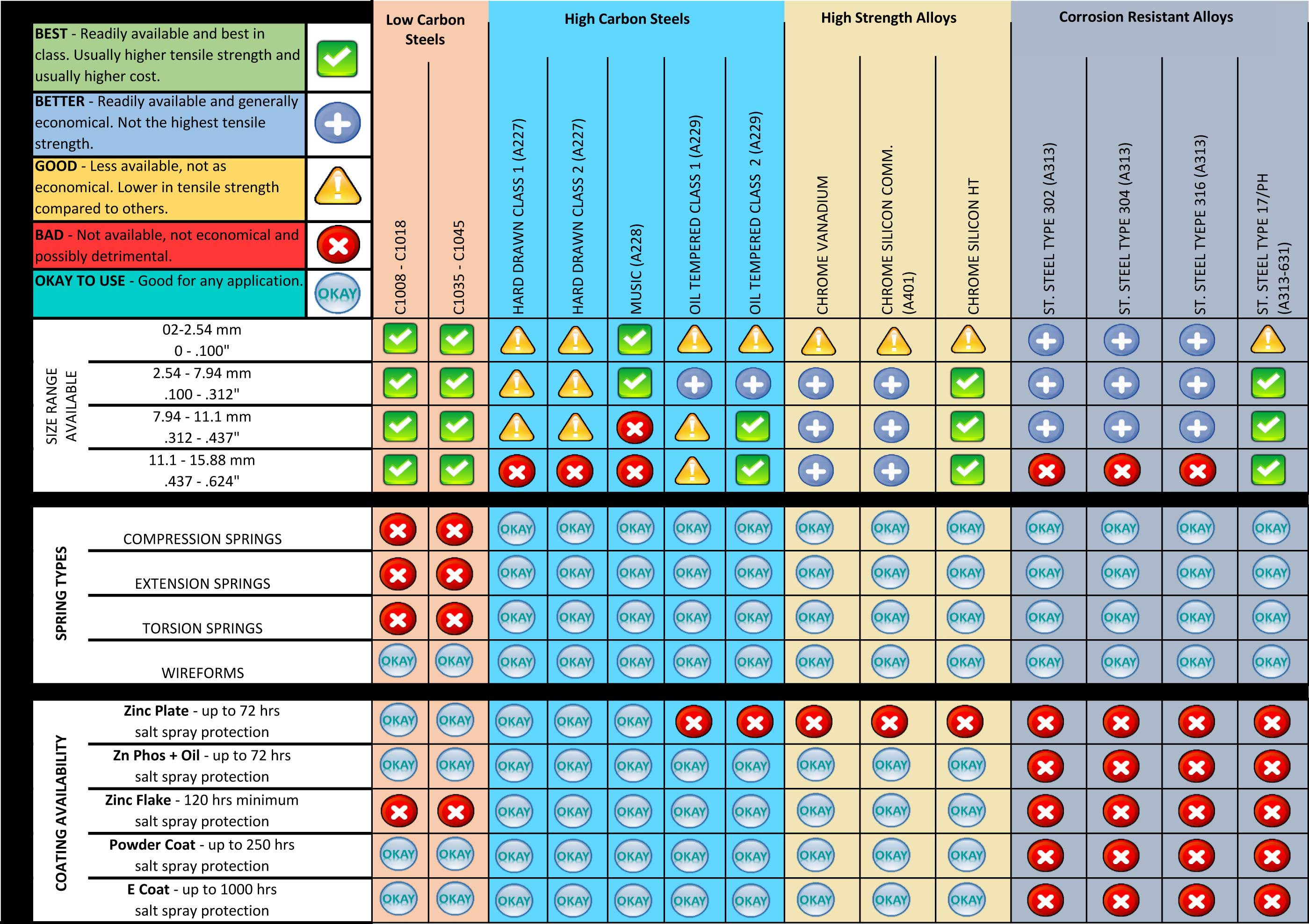Compression Springs
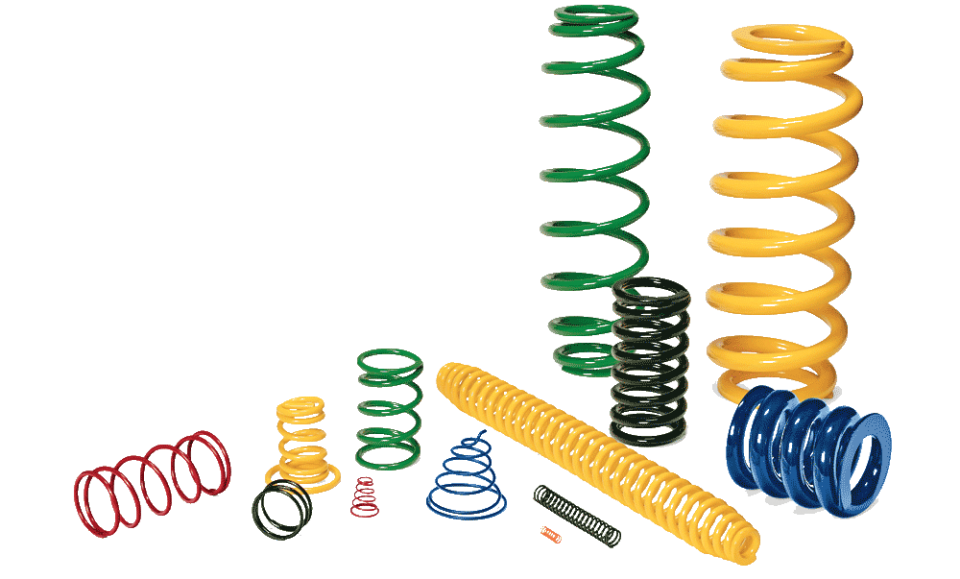
Compression Springs
- Variable and linear Spring Rates
- Outside Diameter of .024” to 10” (.6 to 254 mm)
- Wire Diameters of .008 to .625” (.2 to 16 mm)
- Multiple material shapes
- Multiple outside diameter configurations and shapes
- Applying all types of corrosion resistance
Our Capabilities
Winamac Coil Spring is an industry leader in the design and manufacture of compression springs for many applications that vary from the largest shock coil overs to very small sensor and latch returns. Each of the applications can have solutions provided with varying options of precision ground ends, linear and variable spring rates, shapes of coil bodies and raw material. WCS can even provide welded on studs with these types of springs for use in controlling the rotation of a spring in an assembly.
Compression Springs
Compression Springs provide a dynamic or static reaction with a specified force when their Free Length is reduced or they are “compressed” under a load.
WCS is capable of:
- Variable and linear Spring Rates
- Outside Diameters of .024” to 10” (.6 to 254 mm)
- Wire Diameters of .008 to .625” (.2 to 16 mm)
- Multiple Material Shapes
- Multiple OD Configurations and Shapes
- Multiple End Types available including precision ground ends
- Applying all types of corrosion resistance
Have a question or need to order? to expedite the process
Compression Spring Shapes
Straight
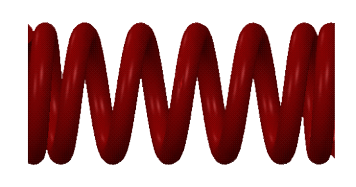
Barrel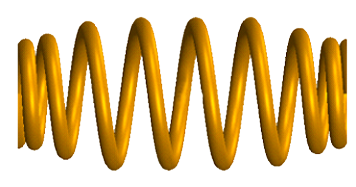
Complex
Conical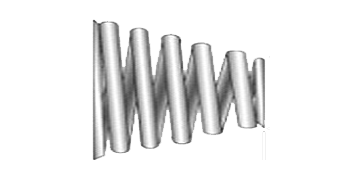

Winamac Coil Spring is an industry leader in the design and manufacture of compression springs for many applications that vary from the largest shock coil overs to very small sensor and latch returns. Each of the applications can have solutions provided with varying options of precision ground ends, linear and variable spring rates, shapes of coil bodies and raw material. WCS can even provide welded on studs with these types of springs for use in controlling the rotation of a spring in an assembly.
The shape of the OD of a compression spring can be altered to different configurations that bring specific advantages to a design, these advantages as well as some points to be aware of are listed below:
- Straight

- The most common type of Compression spring has an OD that is constant throughout the spring and delivers a linear Spring Rate in the middle 60 to 80% of springs travel depending on configuration. This being the most common also means that it provides the most economical solution as well.
- Cautions to these designs would be watching for the length versus the OD getting to long which leads to buckling issues. There are solutions to this condition but it usually necessitates additional components in a system such as shafts to work over or pilots holes to work inside.
- Barrel
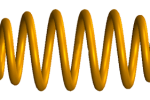
- The most common reason for this type of Compression spring is to combat the buckling of a straight OD spring that is mentioned above.
- One cautionary item for this type is to limit the amount the OD expands to less than 1 and ½ times the wire size for the design. The more this expansion grows the more limited the square-ness of the end grinding becomes without special tooling allowances.
- Conical
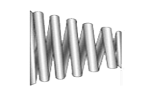
- This type is used when the solid height must be reduced due to space constraints in the end use package requirements. They can be designed to collapse to one wire size in solid height but generally will be lower in solid height than any of the other shapes of compression springs.
- Complex
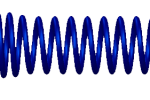
- This shape of compression springs is used many times to provide a variable rate to the spring and to resist the tendencies of a straight bodied spring to buckle during compression.
